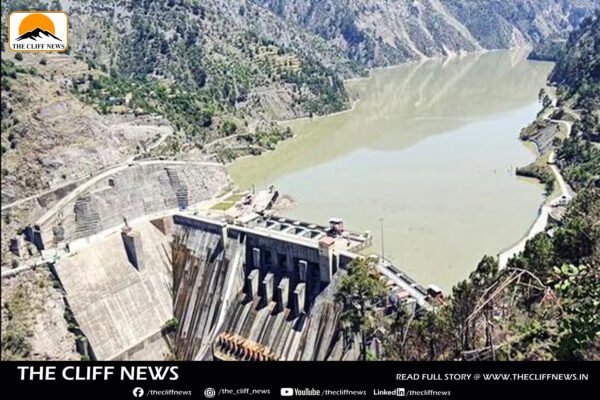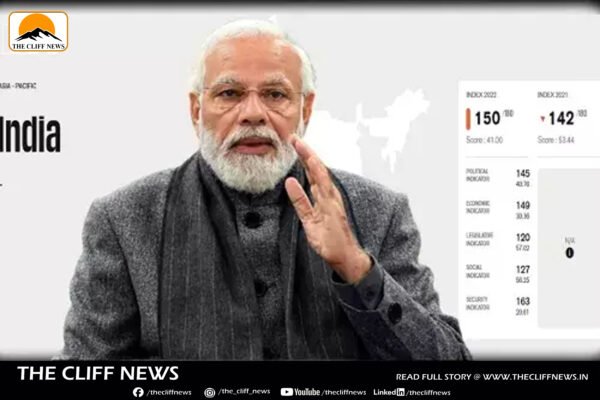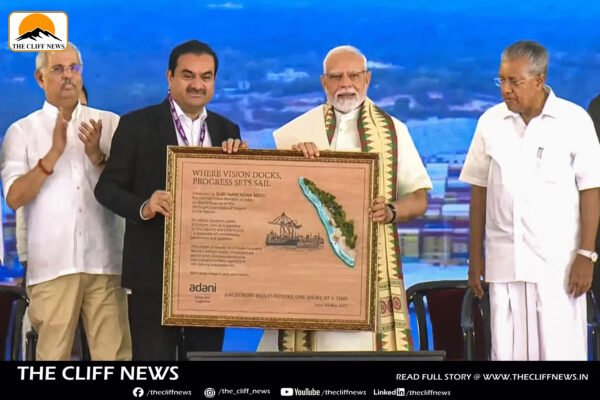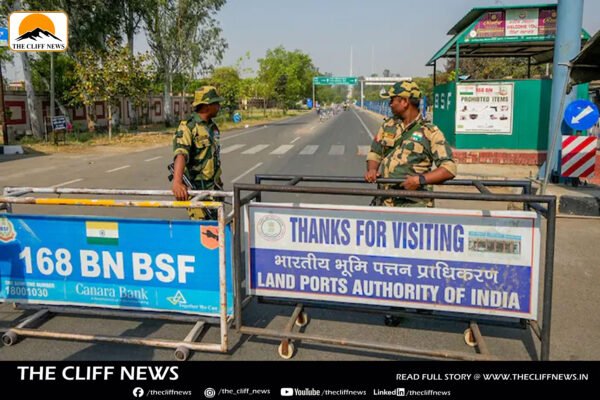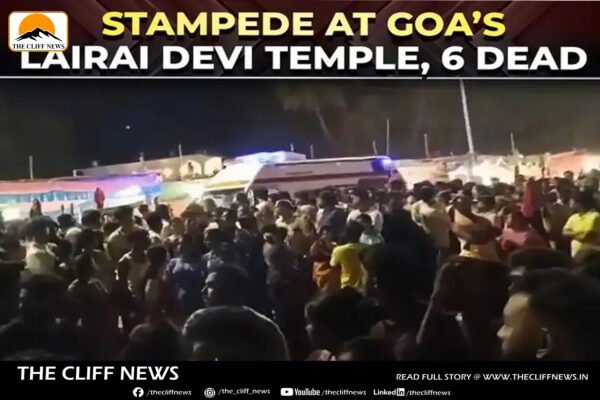India has climbed to the 151st position out of 180 countries in the 2025 World Press Freedom Index, an annual assessment published by Reporters Without Borders (RSF), a global non-profit that advocates for press freedom and democratic governance. The country showed marginal improvement from its previous rank of 159 in 2024. However, the report raised serious concerns over increasing economic pressure on media worldwide, calling it a major threat to journalistic independence and sustainability. RSF noted that the economic indicator in this year’s index has reached its “lowest point in history,” warning that the global situation for press freedom is now largely “difficult.” The report attributed this downturn to severe funding cuts and the dominance of tech giants like Google, Apple, Facebook, Amazon, and Microsoft, who are absorbing much of the advertising revenue that traditionally supported journalistic institutions. The impact of this shift has been global, with 42 countries—home to more than half of the world’s population—now classified under the “very serious” category, where press freedom is nearly non-existent and journalism is fraught with danger. India’s rank in recent years has seen a consistent decline. From ranking 140 in 2019, the country fell to 142 in 2020 and 2021, 150 in 2022, and 161 in 2023. The 2025 improvement, while noteworthy, still places India below several other nations in the region and far from the top performers like Norway, which retained its position at the top of the index. Countries ranked below India include Bhutan, Pakistan, Turkey, Palestine, China, Russia, Afghanistan, Syria, and North Korea—the last of which remains at the bottom of the index. The report highlighted that in India, as in Lebanon (ranked 132), Armenia (34), and Bulgaria (70), media plurality is under threat due to the concentration of media ownership among political and business elites. It stated that many media outlets rely on conditional funding from individuals with vested interests, undermining their independence. Furthermore, the index exposed the dire state of press freedom in autocratic regimes. In countries like China and Vietnam, virtually all media outlets are state-controlled or closely tied to ruling Communist parties. Independent journalism survives through underground freelance work, which is precarious and often conducted under constant threat of state reprisal. Globally, RSF found that in 160 out of 180 countries, media outlets are struggling to achieve financial stability. Economic hardships are forcing news organizations to shut down in nearly a third of the countries surveyed. Even developed nations like the United States (ranked 57), Tunisia (129), and Argentina (87) are not immune. In the U.S., where press freedom indicators declined further under President Donald Trump’s second term, local journalism has suffered significant setbacks. An RSF survey across key U.S. states found that journalists are finding it increasingly difficult to earn a living wage, with economic decline being weaponized to suppress critical media. Overall, the 2025 World Press Freedom Index paints a grim picture of the state of global journalism, highlighting economic fragility as a common denominator behind the erosion of media freedom in democracies and autocracies alike.





